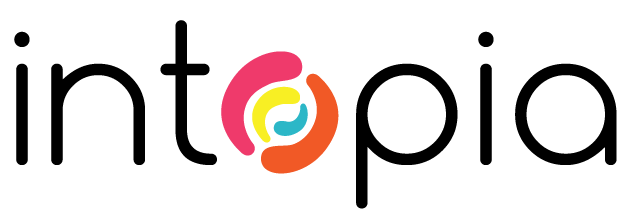Standards Australia, recognised by the Australian Federal Government as the peak non-government Standards body in Australia, has released for public comment a revision to AS EN 301 549 – the Australian adoption of the global digital accessibility standard. The proposed changes are significant, as it will be the first time Version 2.1 of the Web Content Accessibility Guidelines (WCAG) has been made the benchmark in Australia.
What is AS EN 301 549?
After being launched in 2014 by the European Telecommunications Standards Institute, AS EN 301 549 was ratified in December 2016 by Standards Australia, to introduce a minimum standard for the accessibility of ICT products and services (such as hardware, software and other technologies that people may interact with, such as kiosks).
It is required as the ‘go to’ standard for Australian ICT and Procurement, as it can be applied by any business or organisation to their procurement and technology policies. The standard also applies across the world, with EN 301 549 adopted by countries within the European Union. It is also used globally within the Voluntary Product Accessibility Template (VPAT), with both the European and international VPATs using EN 301 549 within its guiding principles.
What is in the standard?
The standard has two main sections. The first outlines the accessibility needs of different user groups. The second has detailed requirements on how user’s need must be met for different products and services.
Accessibility needs
The standard has a series of ‘functional performance statements’ that identify user’s access needs that must be met to conform with the standard. They focus on users who:
- are blind, have low vision, or are colour-blind
- are deaf or hearing impaired
- cannot communicate vocally
- have limited hand strength or limited reach
- may experience seizures
- are neurodiverse
Privacy is also highlighted to ensure that no sensitive information is unwillingly disclosed or shared.
Accessibility requirements
The standard also has a long list of ‘functional accessibility requirements’ for different types of products and services, each of which need to be met in order to satisfy the guidelines. Requirements focus on the way that information can be presented, viewed, or interacted with.
In addition to generic requirements for all ICT products and services, there are specific requirements for:
- hardware and software
- technologies with two-way voice communication
- technologies that allow videos to be played
- websites
- non-web documents
- technologies that provide access to emergency services
Examples of these requirements include:
- if textual information is presented on a screen, users should be able to make the text bigger
- web and software technologies should be able to interact with screen readers, or have other inbuilt capabilities that allows information to be read out
- if information is intended to be communicated through means other than a user’s voice (sign-language, text, lip reading), this communication can be completed through a two-way channel
What are the changes being made?
The most notable change for digital accessibility is the change in standard. Under the previous version, the minimum standard required was WCAG 2.0 Level AA. This has now changed to WCAG 2.1 Level AA, bringing the Australian version of the standard in line with international versions.
For the first time, additional support materials are included with the standard. Multiple annexes provide guidance on areas including:
- incorporating the standard in procurement, including what to look for when multiple proposals are received
- how each requirement can be tested so that the standard is met
- links to further resources on cognitive disability
A comprehensive testing methodology is not included within the annexes, and a solid understanding of functional performance standards and testing procedures is recommended to ensure organisations comply to the standard.
Consultation on the new standard now open
Comments are now being accepted by Standards Australia on the proposed adoption of the latest version of AS EN 301 549, with submissions due by 12 August 2020.
Andrew Arch, Principal Accessibility Consultant at Intopia, has recently been appointed as the Chair of Standards Australia’s IT-040 ICT Accessibility Committee, the group that has been leading these changes.
“Having been involved in standards work for many years in different roles, it’s great to be appointed to chair this committee and shepherd AS EN 301 549 through the upgrade process. We’re also looking at the adoption of other international accessibility standards as Australian Standards, so watch this space”, Arch said.
Should the proposed changes be widely accepted during consultation, the updated standard is expected to take effect soon afterwards.
Submissions can now be made through the Standards Australia website.

